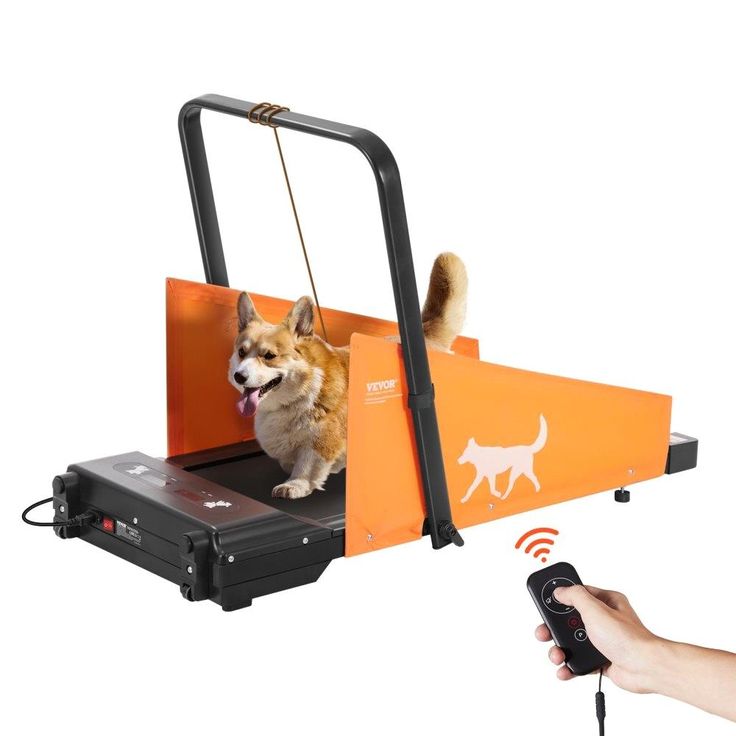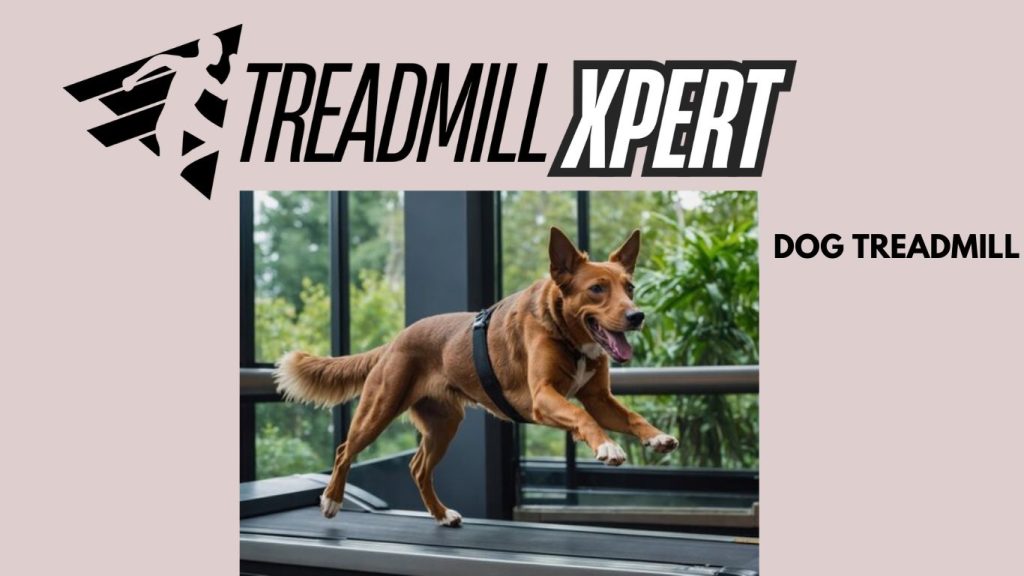What to build a dog treadmill?
It would help if you built a dog treadmill. The durability, size, and safety are paramount.
How do you make a design and choose materials?
Make a design using a sturdy wooden or metal frame and use a sturdy wooden or metal frame. Afterwards, Select a motor appropriate for your dog’s size and weight.
How to make frame construction?
You should make frame construction to build a rectangular frame to support the Belt and mechanisms. When the mechanism is complete, add side rails for safety and ensure the Frame is wide and long enough for your dog’s stride.
How to make a build system?
It would help if you built a system to Install front and rear rollers. Afterward, you should attach the Belt around the rollers and connect the motor to the front roller.
How to make a control system?
You should create a control system, install a variable speed control, and add an emergency stop button. You can also consider an incline adjustment mechanism.
How make Safety features?
A safety is a safety clip to your dog’s harness and installing side panels to prevent falls. Rubber matting for traction would help.
How is Testing and adjustments?
Testing starts with low speeds and gradually increases and monitors. Monitor your dog’s comfort and adjust as needed.
This is a simplified overview of when you make a dog treadmills. Building a safe, effective dog treadmill requires careful planning and execution for running on the treadmill. If you’re not experienced with this type of project and face many difficulties, purchasing a commercial dog treadmill might be safer.

What is the safety of a dog treadmill?
The safety of a dog treadmill depends on Stability, Belt quality, Side rails, Emergency stop, Speed control, Harness attachment, Electrical safety, Size appropriateness, Smooth operation, and Regular maintenance.
-
Stability:
-
The frame must be sturdy and wobble-free to prevent accidents during running on the treadmill.
-
-
Belt quality:
-
Use a durable, non-slip material to prevent your dog from slipping.
-
-
Side rails:
-
Crucial to prevent your dog from falling off when running on the treadmill.
-
-
Emergency stop:
-
You should install an easily accessible emergency stop button.
-
-
Speed control:
-
Ensure the motor has proper speed regulation and control options on the console.
-
-
Harness attachment:
-
Include a safety clip to attach to your dog’s harness and prevent injury.
-
-
Electrical safety:
-
Properly insulate all electrical components for electrical safety.
-
-
Size appropriateness:
-
Build it to suit your dog’s size and stride length.
-
-
Smooth operation:
-
Ensure all moving parts work smoothly to avoid sudden jerks and prevent the dog from being shocked.
-
-
Regular maintenance:
-
You must check for wear and tear frequently.
-
-
Note:
-
It requires significant skill and careful attention to detail.
-
While building a safe dog treadmill, a commercial manufacturer might be safer if you need to become more experienced with similar projects.
-
These are designed with multiple safety features and have been tested for dog use, so they are safe
-
What is the size of a dog treadmill?
For rollers and the overall build of a dog treadmill, here are some suggestions:
What should the size of the Rollers be?
You should size of rollers use 3-4 inch diameter rollers for most dogs, and larger dogs might need 5-6 inch diameter rollers. The material should be PVC pipes or aluminum rollers that work well. Aluminum is more durable, and PVC is lighter and cheaper. Sealed ball bearings on the ends would help to ensure smooth rotation.
What should the size of the Frame be?
For strength, you should use 2×4 lumber or 1.5-inch square steel tubing. you make it about 4 feet long and 2 feet wide, your dog’s size.
What should the size of the Deck be?
Use the size of deck 3/4 inch plywood or MDF board for the running surface. It would help to cover it with a thin rubber mat for cushioning and noise reduction.
What should the size of the Belt be?
You should choose a heavy-duty conveyor belt material or a commercial treadmill belt.
How should we make the Side rails?
You should make them at least 1 foot high and use
How create the Motor mount?
You should create a sturdy mount at the front of the Frame and adjust it for belt tensioning.
How should the Control panel be?
It would help if you mounted it at the front, accessible but out of your dog’s reach and climb.
All edges must be smooth, and pet-safe finishes must be used if painting or sealing the wood.

How can you make it safe to build a dog treadmill?
Building a safe dog treadmill is crucial to prevent injuries and ensure a positive experience for your pet, especially your dog. Here are key safety considerations like Emergency stop function, Side rails, Belt design, Speed control, Incline safety, Noise reduction, Electrical safety, Smooth transitions, Size appropriateness, Control panel placement, Regular maintenance checks
-
Emergency stop function:
-
You should install a large, easily accessible emergency stop button and consider pulling a safety key that stops the treadmill.
-
-
Side rails:
-
You should add sturdy side panels to prevent falls. They’re high enough for the intended dog size.
-
-
Belt design:
-
For belt design, you must use a textured, non-slip surface for good traction and make it wide enough for the dog’s stride.
-
-
Speed control:
-
It would help if you implemented gradual acceleration and deceleration.
-
Set a reasonable maximum speed (usually 5–7 mph).
-
-
Incline safety:
-
If an incline feature is included, ensure it adjusts smoothly.
-
Add locking mechanisms to prevent unexpected changes.
-
-
Noise reduction:
-
Noise reduction minimizes motor and belt noise to avoid startling the dog.
-
-
Electrical safety:
-
You should use proper insulation and grounding.
-
Protect all wiring from chewing or moisture.
-
-
Cushioning:
-
You should add shock absorption to reduce joint stress.
-
-
Smooth transitions:
-
You should design entry and exit points without gaps or edges.
-
-
Size appropriateness:
-
It must ensure the running surface is long and wide enough for the dog’s full stride.
-
-
Control panel placement:
-
Position controls where they’re accessible to the handler but not the dog treadmill.
-
-
Regular maintenance checks:
-
When designing, you must check regular maintenance for easy inspection of critical complications to build a safe treadmill.
-
